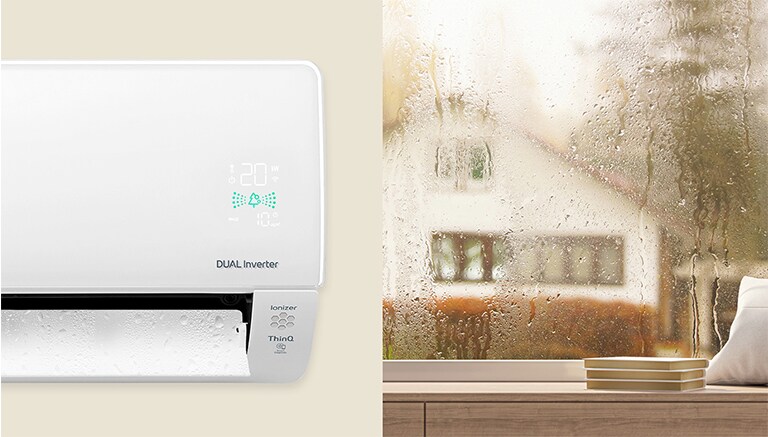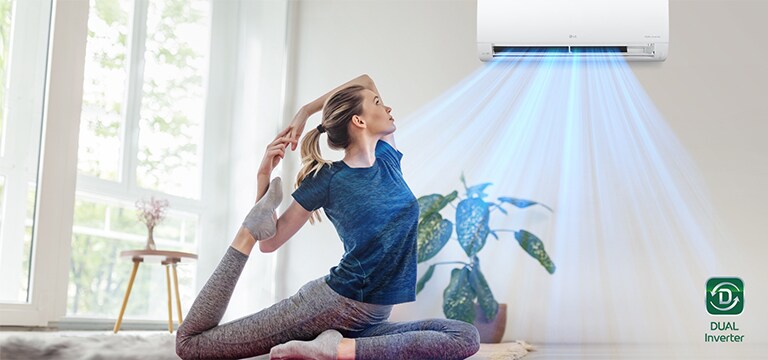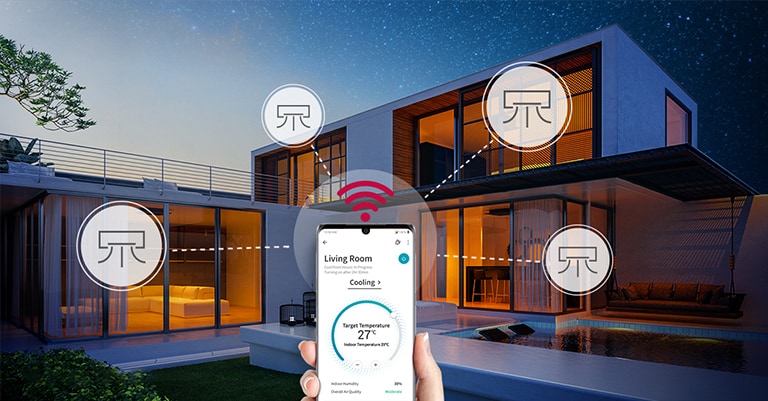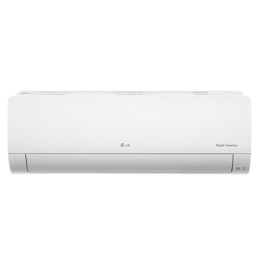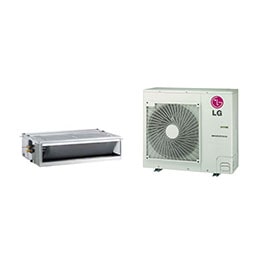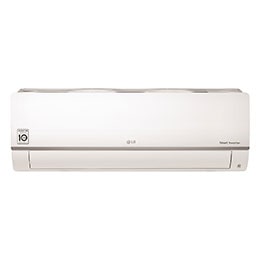We use cookies, including cookies from third parties, to enhance your user experience and the effectiveness of our marketing activities. These cookies are performance, analytics and advertising cookies, please see our Privacy and Cookie policy for further information. If you agree to all of our cookies select “Accept all” or select “Cookie Settings” to see which cookies we use and choose which ones you would like to accept.
Ideal temperature settings for your Air Conditioner
The temperature setting of your air conditioner can significantly impact your comfort as well as the efficiency of your air conditioning system. Many factors contribute to the ideal temperature settings for your air conditioner, and a comfortable home temperature can vary from household to household. This article will help you learn how to strike the perfect balance between comfort and cost.
Why does knowing the ideal temperature matter?
Thermal comfort
It's important to factor in your own comfort when choosing your air conditioner's temperature. This decision is especially relevant if your home contains very young or elderly family members who may find it more difficult to stay cool or warm during the summer and winter. Choosing to have a cooler house during the summer may increase your energy bills, similar to keeping a warmer home in the winter. However, this is a personal decision for each household to make.
Reduce power consumption
Knowing the most comfortable temperature for your home can help you better prepare your house to achieve this temperature without relying entirely on your air conditioning system. Installing curtains across large windows helps to trap warm air during winter and keep out sunlight during the summer to keep your home cooler. Avoid large temperature jumps and avoid using the maximum cooling or heating settings on your air conditioner. Instead, maintain a consistent temperature while you're home and a less energy-reliant temperature while you're asleep or away from the house.
Factors affecting ideal temperature at home
Home humidity level
Humidity can affect the ideal home temperature in several ways. High humidity can make a space feel warmer, while low humidity can make it feel cooler. When the humidity is high, the air feels warmer and stickier, making it harder for the body to dissipate heat through sweating. At high humidity levels, choosing a lower temperature setting can help you feel more comfortable. On the other hand, when the humidity is low, the air feels drier and cooler, making it easier for the body to dissipate heat. At low humidity levels, it’s best to choose a higher temperature setting to feel comfortable. Furthermore, high humidity can cause mould growth, which may trigger allergies and asthma. High humidity can also cause damage to wood furniture, electronics, and other household items. Controlling your home’s humidity keeps you comfortable and protects your belongings from damage.
Different activities
Ideal temperatures for different occasions
Ideal room temperature during summer
During the summer, the ideal room temperature is between 22 and 26 degrees Celsius according to some experts. This temperature range is considered comfortable for most people during the summer months, as it helps keep the room cool while providing a comfortable living environment. An ideal temperature range may vary depending on factors such as the room's location, the amount of sunlight it receives, and the insulation of the walls and windows. Consider additional measures to keep your home cool, such as closing curtains or blinds during the day to block out sunlight and keeping windows open at night to let in cool air.
Ideal room temperature during winter
During the winter, while it may seem logical to increase the temperature indoors during winter to combat the colder temperatures outdoors, this is not advisable for health reasons. A significant temperature difference between indoors and outdoors can affect your body’s ability to adapt and negatively affect your immune system, leaving you more vulnerable to winter colds and other illnesses. Keeping your home’s temperature between 18 and 20 degrees Celsius according to some experts helps keep the room warm while providing a comfortable living environment. The ideal temperature for sleep during the winter is slightly lower than during the day. A cooler room temperature at night (between 16 and 18 degrees Celsius) can help to regulate the body's internal temperature during sleep. If you sleep better in a warmer room, adjust the temperature to your needs. Consider additional measures to keep your house warm, such as closing curtains or blinds at night to retain heat and using draft stoppers to block cold air entering your home through windows and doors.
How to set your optimal temperature with Air Conditioning units
Thermostat / Controller
Many thermostats or controllers come with programmable features that help you to set different temperatures for different times of the day. For example, you can select the temperature to be cooler during the day when you're away and warmer at night when you're sleeping. Some thermostats have energy monitoring features that allow you to track your energy consumption and adjust your settings accordingly. Smart thermostats allow you to remotely control your home's temperature using a smartphone or tablet. You can set schedules, monitor energy consumption, and even receive alerts if you forget to adjust the temperature before leaving your home.
Smart sensors
Smart temperature sensors can be installed in your home to monitor and track temperature. These devices can help you better understand the temperature in your home and identify areas where you can make changes to improve comfort and energy efficiency. These smart temperature sensors can be installed in various locations in your home to track the temperature in different areas. The sensor can then wirelessly transmit temperature data to a smartphone app or a web-based dashboard, which allows you to monitor the temperature in real time. Some smart temperature sensors also come equipped with extra features. Smart alerts can notify you if the temperature in a specific area of your home exceeds a certain threshold. Smart scheduling functions can automatically adjust the temperature based on a pre-set schedule. Smart temperature sensors can also integrate with other smart home devices, such as smart thermostats, fans and air conditioners. This integrated system allows you to control and monitor the temperature in your home from one central location and create a more comfortable and energy-efficient home.
Features of select LG Air Conditioners
LG ThinQ®* App
The LG ThinQ® app is a mobile application that allows you to control and monitor the temperature in your home using a ThinQ®-compatible air conditioner. With this application, you can remotely adjust the temperature, fan speed, and other settings on your air conditioner from your compatible smartphone or tablet.
Control from anywhere
Adjust your air conditioner from virtually anywhere with the ThinQ® application. Once your ThinQ® compatible air conditioner is connected, you can use the application to adjust the temperature within your space. You can also use smart scheduling within the ThinQ® app to program the air conditioner to turn on or off at specific times based on your daily routine.
Efficiency monitoring
The LG ThinQ® smart application also allows you to monitor the energy consumption of your air conditioner. This information can help you identify help you identify which connected LG appliances or devices use the most energy and make changes to reduce your energy consumption if necessary.

